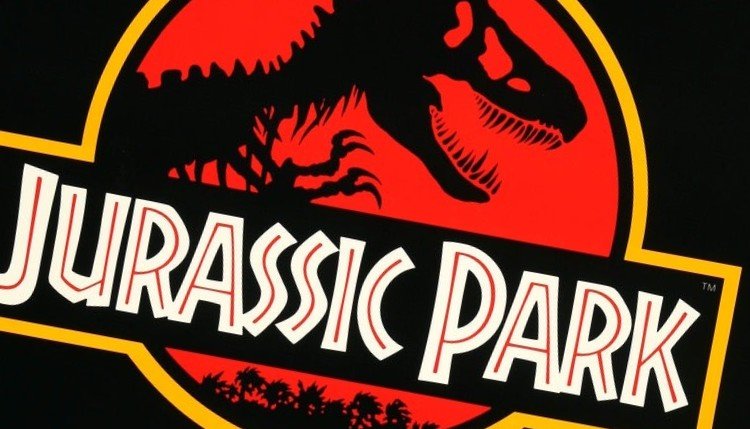Franchise Rewind: Jurassic Park (1993) The Lost World: Jurassic Park (1997) Jurassic Park III (2001)
Jurassic Park, 1993 (Sam Neill) Universal Pictures
The Lost World: Jurassic Park, 1997 (Jeff Goldblum) Universal Pictures
Jurassic Park III, 2001 (Sam Neill) Universal Pictures
“Your scientists were so preoccupied with whether or not they could that they didn’t stop to think if they should.”
I don’t know why we didn’t get around to seeing Jurassic Park in its original run. Maybe I was working, but I did eventually get down to the second-run Cineplex Worldwide Plaza in Hell’s Kitchen. This was a fantastic, clean theater with six screens showing second-run movies for two bucks a ticket! It was a paradise for movie lovers. I think it was August or September when we finally got down to the Cineplex to see Jurassic Park (in DTS, no less) and it was incredible to watch.
Initial impressions were that Spielberg’s Hook didn’t fare so well, and he had taken a turn somewhere down the road after Always, and wanted to get back into kid’s movies because he was in danger of becoming irrelevant. 1993 would represent a massive comeback, first with Jurassic Park, and later with Schindler’s List. He made a movie for kids and a movie for adults in the same year. This is every filmmaker’s dream (even if they don’t care to admit it); to be able to appeal to two different demographics.
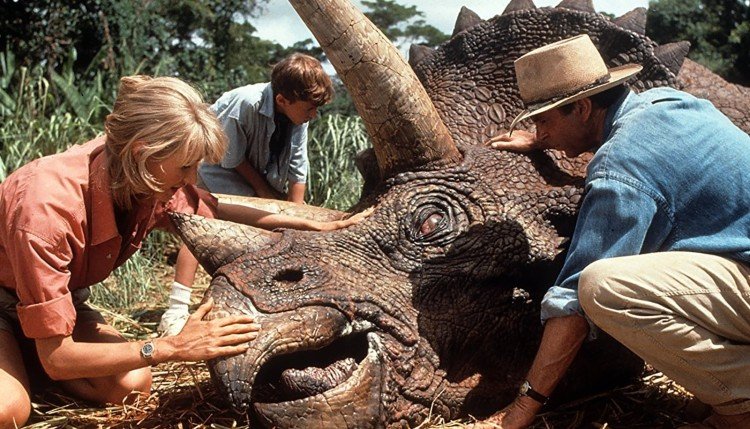
Based on the book (“inspired by” would be more accurate) by Michael Crichton, we’ve taken dinosaurs (through cloning) and turned them into an amusement park attraction. You don’t need to read the book or see the movie to figure out what will happen. This is a classic Crichton technology-run-amok story, but Spielberg strips it down (much as he did with Jaws) to the basics. Paleontologist power couple, Sam Neill and Laura Dern, along with self-described “Chaotician” Dr. Ian Malcolm (Jeff Goldblum) are given a tour/demonstration of Richard Attenborough’s “Jurassic Park,” a nature preserve, and wildlife park set up for the exhibition of previously extinct dinosaurs.
On paper, it sounds incredible. Also on paper, I would put better gates and fences in and not have the park so completely dependent on computers in order to operate. Crichton hates computers! You can already identify the potential problems before they occur. The problem with Jurassic Park isn’t the dinosaurs or the scientists. The problem with Jurassic Park is disgruntled computer programmer, Newman—I mean, Dennis Nedry (Wayne Knight). Nedry engages in a little espionage, stealing dinosaur DNA and selling it to the competition (I can’t believe there’s competition).
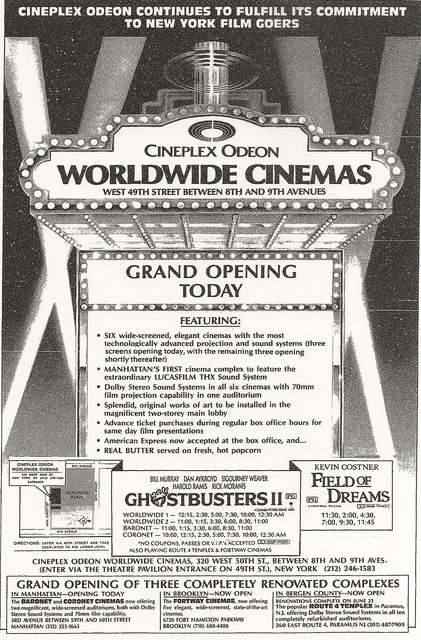
In order to do so, he must shut down the park, which causes all the installed security to go haywire leaving the group (including Hammond’s two grandchildren) at the mercy of raging T. Rexes and intrepid Velociraptors. If Nedry had not been attacked and killed by a Dilophosaurus, I would have asked for his resignation. The movie became iconic, featuring scenes of dinosaurs rampaging, narrow escapes, and shots burned into the pop culture consciousness.
It was the first movie to use CGI in a consistent and dependable fashion, but the effects succeed more in their relationships with physical space and interplay with actors. Physical models were created and then used 1:1 with computer-constructed models. The more impressive shots in the movie, for me, are the T. rex attacking the vehicles, smashing through a jeep sunroof, and chewing on tires. You believe it when you see the kids screaming. It’s an astonishing scene that has no right to be as scary as it is (because of the dinosaur contrivance) but it works beautifully.
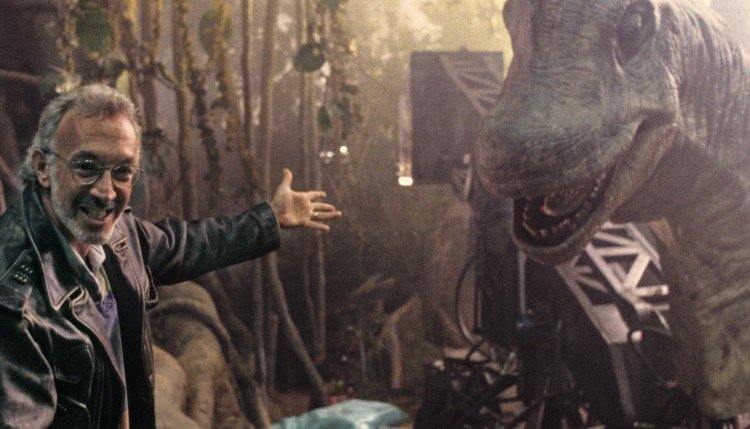
The velociraptors are quite impressive as well, but they take on a bigger role in the second movie, The Lost World. There were some interesting criticisms at the time of Jurassic Park’s release. Spielberg’s over-reliance on the visual effects over story; the opposite of Jaws in that Spielberg waited for a long time before revealing the shark, but if Spielberg had gotten what he wanted with that movie, we would’ve seen the shark a lot sooner. He had to play the psychological angle because the shark was not working. It turned out to be the best decision Spielberg had ever made in his career. We learn two valuable lessons with Jurassic Park: don’t show the shark, and don’t hire irresponsible computer programmers!
“Taking dinosaurs off this island is the worst idea in the long, sad history of bad ideas. And I’m gonna be there when you learn that.”
I remember it clear as a bell: the scoffs and laughter of the audience (including the people I was with) while watching this first sequel to Jurassic Park, the inaccurately titled Lost World. The laughter began long before the Jump the Shark (or T. rex, in this case) moment when dinosaurs invade San Diego. Nothing lost about this world. It’s just another part of John Hammond’s complex; the place where his dinosaurs were originally cloned before most of them were abandoned after a hurricane. I mean, how irresponsible is that? You make a bunch of dinosaurs and then forget about them?
When Sam Neill came to the conclusion that the dinosaurs were able to change their sex and breed, somebody should have spoken up, but it didn’t happen. After an attack on an unsuspecting family vacationing on Isla Sorna (they didn’t put up signs saying: “DANGER! FRIGGIN’ DINOSAURS!”), Dr. Ian Malcolm (Jeff Goldblum) is contacted by an ailing Hammond (Richard Attenborough) who informs him that Malcolm’s girlfriend, Sarah (plucky Julianne Moore) has gone to the island to study the dinosaurs.
Malcolm flips and sets sail for Isla Sorna with a rescue team (and his precocious daughter who has stowed away). Unfortunately, a group of poachers led by Hammond’s evil nephew, Peter Ludlow (Arliss Howard), arrive to capture the animals to take them back to a Jurassic Park facility and amphitheater in San Diego. Idiots. This is an excellent starting point for a sequel because The Lost World doesn’t try to copy the first movie, but rather expand on the possibilities of the visual effects.
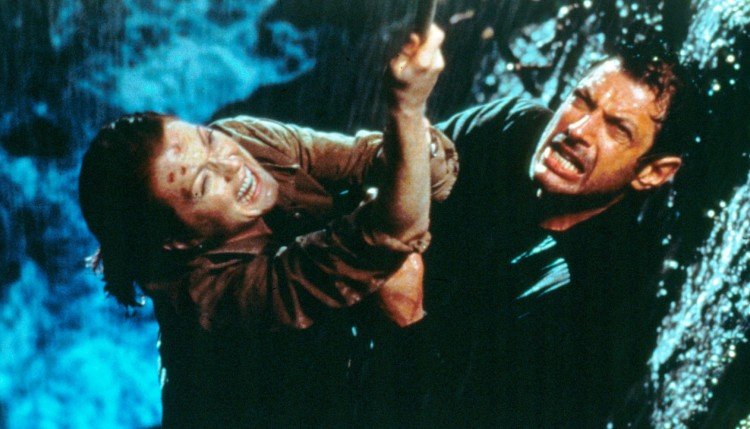
By this point in his career, Steven Spielberg started working with the brilliant, expressionistic photographer, Janusz Kaminski. Kaminski’s work is staggering and the integration of his silhouette-like images with the CGI is staggering and, in my opinion, far more impressive than the first movie. The sequel is a conglomeration of everything that couldn’t be done in the first movie. The level of violence has also intensified. There are some truly gory moments and it’s shocking the film wasn’t given an R-rating.
After Schindler’s List, Spielberg’s work shifted to more adult themes, and even with the movies he continued to make for kids, they would take on a darker edge, no doubt due to Kaminski’s collaboration. It was an interesting hit-and-miss period for Spielberg. Indeed in 1997, Spielberg attempted another filmmaker coup (same as 1993) making a movie ostensibly for kids, and then another movie (Amistad) for adults, but it wasn’t as successful this time as Amistad was Spielberg’s first bonafide flop since Empire of the Sun, another movie that played around with adult concepts within the context of a kid’s movie.
Goldblum, fresh from Independence Day, turns Ian Malcolm into a reluctant hero after his brief but memorable turn in the first movie. In Jurassic Park, he gets some choice lines and serves as comic relief and rival to Sam Neill, but the sequel revolves completely around him, which is interesting considering his character died in Crichton’s book. Crichton was reluctantly compelled to bring back the popular Malcolm for his own book sequel. David Koepp’s screenplay isn’t particularly faithful to the book, instead combing it for story and character bits while constructing his own movie-friendly narrative. Still, it’s a fun movie and superior (story wise) to the first movie.
“Reverse Darwinism – survival of the most idiotic.”
I didn’t know much about Jurassic Park III at the time of its release. Maybe I’d outgrown the giant killer dinosaurs rampaging all over the place, or I felt the franchise had reached a logical conclusion, and there was simply no way to continue. I was right, but the filmmakers and studio apparently missed the boat. All you have to do is send somebody out into the street and start interviewing people. I can’t believe you are going to find people overwhelmingly enthusiastic about another Jurassic Park sequel.
The third movie raises the budget another $20 million from the previous movie, The Lost World, but made half that movie’s box office and a third of the first movie’s revenue. One of the dead giveaways of a troubled production is the number of writers employed divided by the film’s complete running time. Peter Buchman rewrote Craig Rosenberg’s first draft. The script changed hands and Alexander Payne and Jim Taylor rewrote Buchman’s draft, and still there was no completed script.
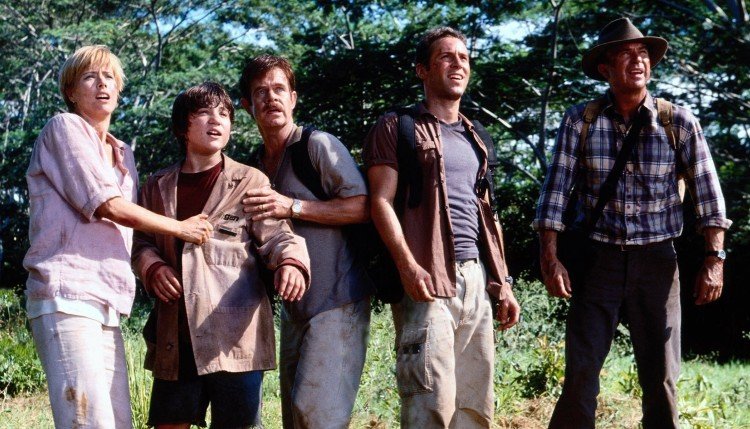
Instead, pages were given to the cast on the days those scenes were to be shot. The movie is a mess. For some reason, Alan Grant (a very bored Sam Neill) returns and is conscripted into providing a “flying tour” of Isla Sorna, also known as “Site B,” from the safety of a plane. He’s still reluctant until supposedly super-rich couple, Paul and Amanda Kirby (William H. Macy, Téa Leoni) wave a blank check in front of his face. Oh, by the way, his marriage or whatever-relationship with Ellie (Laura Dern) is kaput. I don’t know how that happened.
I thought she was sizing up his potential as a mate by improving his relationship with children, but no—kaput. Of course, we know the real reason Ellie’s not in his life anymore. Laura Dern tossed the script into the garbage and asked for a reduced role. It makes sense, right? Or maybe her part was drastically cut? I mean, this is a shockingly bad movie, considering it is a Jurassic Park sequel, and the reason it’s horrible is explicitly not because Spielberg decided to sit this one out.
Basically, there is no third act. You’re expecting one more big action set piece, but instead the credits roll. The movie clocks in at 92 minutes with a $93 million budget. That’s over a million dollars a minute, for crying out loud! Back to the story. Allan is brought to the island to help the Kirbys search for their missing son, Eric (Trevor Morgan). It turns out the Kirbys are separated, and they had left their precocious kid with “family friend,” Ben (Mark Harelik).
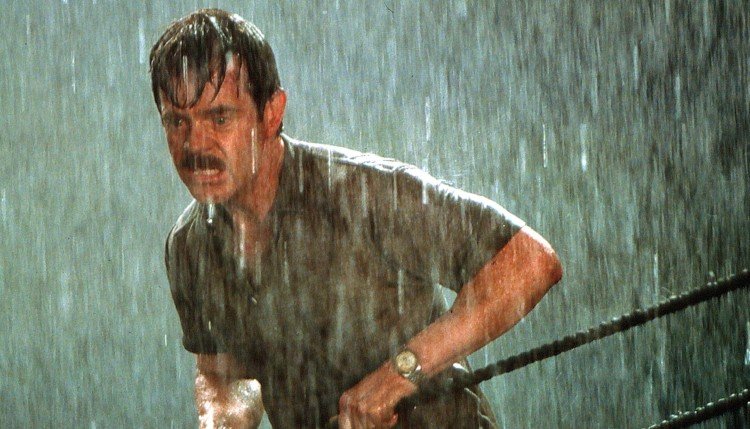
This should earn them the title of “Worst Parents in the Universe” by itself, nevermind the dinosaurs. I hope Grant sues the pants off of them! That’s really all I cared about when the credits were rolling. The visual effects are great, of course—would you expect any less? This time, we get Pteranodons (we used to call them Pterodactyls when I was a kid, I don’t know why we switched over) flying around as well as the newest creation: Spinosaurus!
You can’t really improve upon the simplicity of either the T. rex or the Velociraptor from the first movie, but studio executives have a very long history of deluding themselves. The Jurassic Park franchise was effectively dead by this point, but it would be “soft rebooted” 14 years later with Jurassic World starring Chris Pratt and Bryce Dallas Howard.

